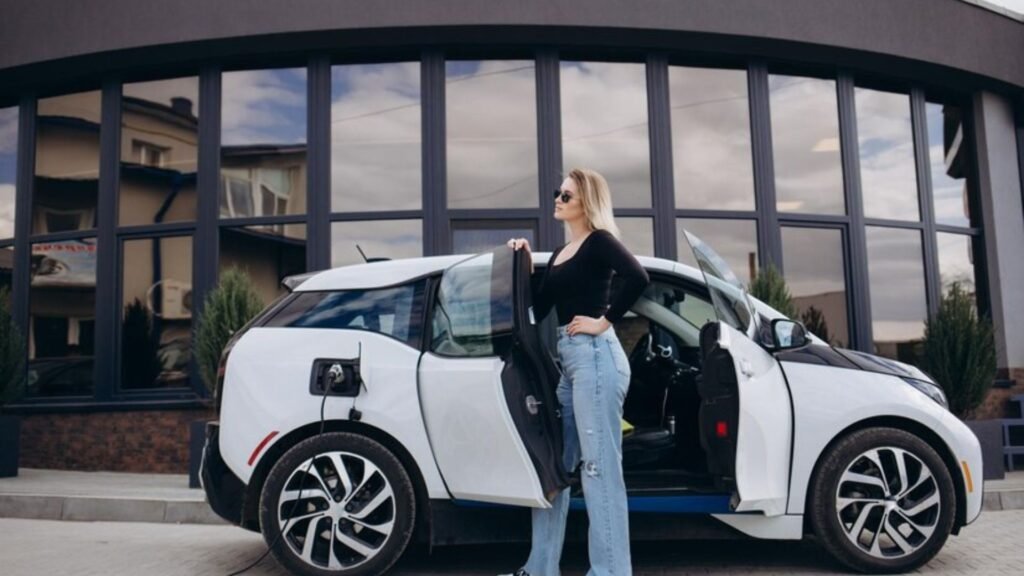GM Cruise Autonomous Vehicles: Expanding to 15 Cities
Cruise, an GM Cruise Autonomous Vehicles branch of General Motors, is a shockingly ambitious actor in reinventing the world of mobility. Having secured Cruise as its latest acquisition, GM is helping the self-driving company grow, and move its tests to 15 new cities, with the goal of revolutionizing transportation. The growth of this sector is a major development in GM’s transmitting vision of handling integrated, safer, and resource-efficient means of transport. With AVs already set for a more integrated future, Cruise is all geared up for a new revolution in how society addresses cities’ transport.
This revolution aims to address not only the challenges of urban congestion and safety but also to create a more sustainable and accessible transportation network, paving the way for a future where autonomous vehicles seamlessly coexist with traditional modes of transit. By leveraging cutting-edge technology, Cruise plans to redefine urban mobility with autonomous solutions that prioritize efficiency, reduce environmental impact, and enhance user convenience. Furthermore, as regulatory frameworks evolve, Cruise’s partnership with GM positions it to lead in the deployment of scalable autonomous fleets, which promise to transform ride-sharing, goods delivery, and public transportation systems. This shift represents a significant step toward creating smart cities where integrated, self-driving systems are not just an innovation but a norm, reshaping how people and goods move in urban spaces.
The Expansion of GM’s Cruise Autonomous Vehicles

GM Cruise Autonomous Vehicles has come rather far when it comes to the development of self-driving cars, and so the announcement, or expansion into an additional 15 cities, only strengthens its position as a pioneer in automotive technology. This will explain why scaling up is now an inevitable maneuver in Cruise’s strategic plans, taking its fleet of self-driving cars to new locations and fixing it into the urban environment.
What Does This Expansion Mean?
The expansion of Cruise’s autonomous vehicle fleet to 15 new cities means:
- Wider Availability: More people will be able to get their hands on self-driving cars, which is likely to make the solution far cheaper and more accessible.
- Increased Testing Opportunities: By participating in various conditions within cities, Cruise can collect important information to add improvements to the tech and enhance protection and capabilities.
- Boost to Local Economies: Thus self-driving cars could promote new employment opportunities in technology, service industries and development of infrastructure locally.
Benefits of Autonomous Vehicles for Urban Environments

The interaction of AVs into the urban setting can have multiple benefits particularly considering the transportation difficulties which are experiencing urban centers at the moment such as congestion, pollution, and safety issues. In addition, multi-vehicle delegation, by eliminating random car-driving, helps to reduce traffic congestion due to, for instance, the use of real time communication to determine the best routes for the car. On the same note, since the majority of the self-driving cars are Electric cars, meaning if adopted massively there will be a reduction of emission hence decreasing pollution within cities. Additionally, with the help of hi-tech sensors and artificial intelligence, such vehicles will bring about even greater improvements to road safety by reducing the number of incidents attributable to human factors like inattention and reckless/unfit driving and by providing better consistency of driving standards across the fleet.
Also, the AV eliminates the possibility of access constraints to urban mobility in a way that traditional vehicles do not.This technology will be useful for prospective passengers who for one reason or the other cannot drive a car; those who are young, old, disabled, or maybe unable to learn how to drive a car. Such developments might shift urban transport systems over the long term from one characterized by congestion towards orderly mobility accessed on a fair and sustainable basis.
The Future of Autonomous Vehicles in Urban Mobility

To remain relevant as level 4 and level 5 autonomous vehicles increasingly enter and permeate the urban fabric, cities will have to invest more in Smart roads, dedicated lanes, and better digital communication systems to smart autonomous fleets. The way of advancing public transportation can be new small AVs with current PT routes or models where smaller AVs can interact with the existing networks.It is also potential that the ownership of cars will be shared by autonomous fleets, and mobility will be reimagined from self-powered mobility.Not only that, but the tendency towards the use of self-driving cars is a possible game changer for industries ranging from logistics and delivery services to city planning, thus providing increasing numbers of opportunities across numerous sectors.Therefore, the popularization of an autonomous skill will not only transform the transport industry but will impact the overall outlook to people’s lifestyle and the urbanization of the world.
Conclusion

Cruise, a division of GM is taking a giant leap towards shifting urban mobility by launching the self-driving cars in fifteen new cities. As the technology behind the self-driving cars is developed the cars will be integrated into city structures with safer, modernized and sustainable solutions for transport systems. The expansion to these cities demonstrates Cruise’s position as a leader in this rising space, as it inaugurates a new paradigm of mobility in cities.
From decreased number of car accidents or traffic jams to energy efficacy, environmental protective possibilities and the overall outlook of society, societies transportation systems will be reshaped and inculcated with more efficient self-driving cars.As this technology gains more ground, one can only imagine more radical transformation of how people approach transportation systems.
Read More : Ferrari Purosangue Demand Surpasses Expectations
.jpg)
.jpg)
.jpg)

.jpg)
.jpg)

.jpg)


Komentar
Posting Komentar